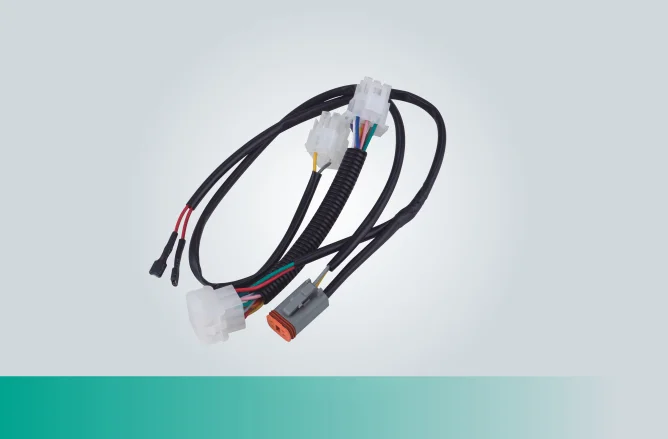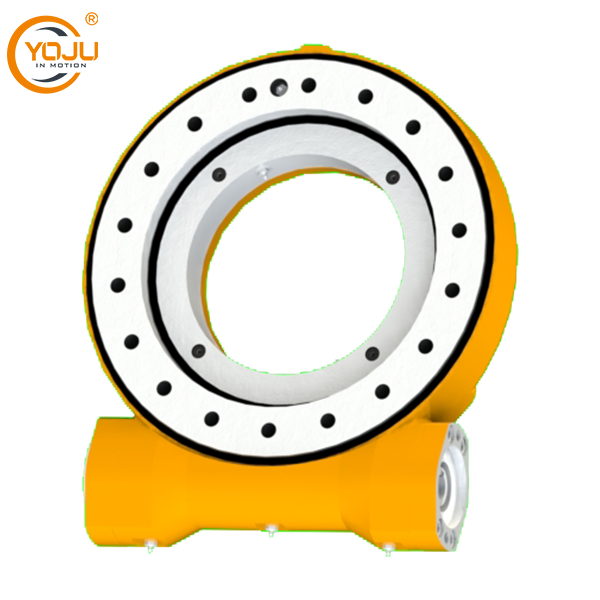When you glance at your vehicle's dashboard, the oil pressure gauge should ideally indicate a healthy level of pressure. However, if you notice that it shows little or no pressure, it can be alarming. Understanding the reasons behind this issue is crucial for maintaining your engine's health and preventing costly repairs. In this article, we will delve into the potential causes of low oil pressure readings, the implications of ignoring this warning, and the steps you can take to address the problem effectively.
The Importance of Oil Pressure
Before we explore the reasons for low oil pressure, it’s essential to understand why oil pressure is vital for your engine. Oil serves as a lubricant, reducing friction between moving parts, and helps in cooling the engine. The oil pump circulates oil throughout the engine, maintaining adequate pressure to ensure that all components receive sufficient lubrication. A drop in oil pressure can lead to severe engine damage, including overheating, increased wear, and even catastrophic failure.
Common Causes of Low Oil Pressure
- Low Oil Level: One of the most straightforward reasons for a low oil pressure reading is simply a low oil level. Regularly checking your oil level and topping it off as necessary is crucial. If your oil level is low, it may indicate a leak or excessive consumption, which should be investigated further.
- Oil Quality: The viscosity and condition of the oil can significantly impact oil pressure. Using the wrong type of oil or old, degraded oil can lead to inadequate lubrication and pressure. Always refer to your vehicle's owner manual for the recommended oil type and change intervals.
- Oil Pump Failure: The oil pump is responsible for circulating oil throughout the engine. If the pump is malfunctioning or has failed, it can lead to a drop in oil pressure. Symptoms of a failing oil pump may include unusual noises from the engine or a warning light on the dashboard.
- Clogged Oil Filter: An oil filter that is clogged with debris can restrict oil flow, leading to low pressure. Regular oil changes and filter replacements are essential to prevent this issue. If you notice a drop in oil pressure, consider checking or replacing the oil filter.
- Oil Pressure Sending Unit Malfunction: The oil pressure gauge relies on a sending unit to provide accurate readings. If this unit is faulty, it may give a false low reading. Testing the sending unit with a mechanical gauge can help determine if it is functioning correctly.
- Engine Wear and Tear: Over time, engine components can wear down, leading to increased clearances between parts. This wear can result in lower oil pressure, especially at idle. If your vehicle has high mileage, this could be a contributing factor.
- Leaking Oil: External leaks can lead to a significant drop in oil levels, which in turn affects oil pressure. Inspect your vehicle for any signs of oil leaks, such as puddles under the car or oil spots on the engine.
Implications of Ignoring Low Oil Pressure
Ignoring a low oil pressure warning can have dire consequences. Prolonged operation under low oil pressure can lead to severe engine damage, including:
- Overheating: Insufficient lubrication can cause the engine to overheat, leading to warped components and potential failure.
- Increased Wear: Lack of proper lubrication accelerates wear on engine parts, leading to costly repairs or even engine replacement.
- Complete Engine Failure: In extreme cases, running an engine with low oil pressure can result in catastrophic failure, necessitating a complete engine rebuild or replacement.
Steps to Take When Your Oil Pressure Gauge Shows Low
- Check Oil Level: Start by checking your oil level using the dipstick. If it’s low, add the appropriate oil and monitor for leaks.
- Inspect for Leaks: Look for any visible signs of oil leaks around the engine and under the vehicle.
- Change Oil and Filter: If your oil is old or of the wrong viscosity, change it along with the oil filter to ensure proper flow and pressure.
- Test the Oil Pressure Sending Unit: If the gauge continues to show low pressure, consider testing or replacing the oil pressure sending unit.
- Consult a Professional: If you’re unable to identify the issue or if the problem persists, it’s advisable to consult a qualified mechanic. They can perform a thorough diagnosis and recommend the necessary repairs.
Conclusion
A low oil pressure gauge reading is not something to ignore. Understanding the potential causes and implications can help you take proactive measures to protect your engine. Regular maintenance, including oil changes and inspections, is key to ensuring that your vehicle runs smoothly and efficiently. If you encounter this issue, act quickly to diagnose and resolve it to avoid more significant problems down the road. Remember, a well-maintained engine is a happy engine!




More Stories
Enhance Your Golf Cart's Performance with a Golf Cart Modification Wiring Harness
Innovative Clinker Silo Design for Cement Storage Efficiency
Innovative Applications of Jwell PVC Extruder in Plastic Processing